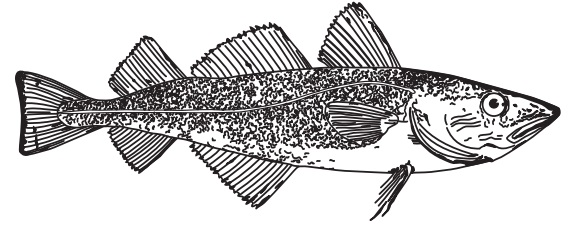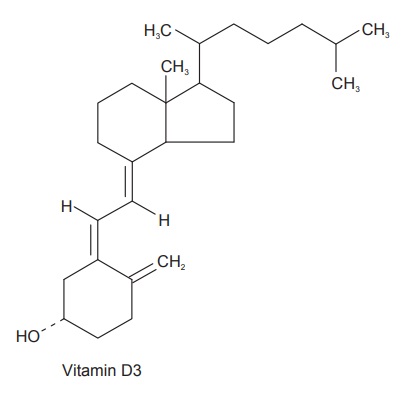Cod Liver Oil
| Home | | Pharmacognosy |Chapter: Pharmacognosy and Phytochemistry : Drugs Containing Lipids
It is processed from fresh liver of cod fish, Gadus morrhua and other species of Gadus, belonging to family Gadidae.
COD LIVER OIL
Biological Source
It is processed from fresh liver of cod fish, Gadus morrhua and other species of
Gadus, belonging to family Gadidae.
Geographical Source
It is mainly found in Scotland, Norway, Germany, Iceland,
and Denmark.
Preparation
The liver is cleaned and minced into small pieces and heated
to 80°C in a vat by admitting steam for half an hour. The enzyme lipase is
destroyed at temperature above 70°C. The oil is removed and put in tin drums
which are encased with wooden barrels. The barrels are kept inside the snow and
the oil is cooled to -2 to -5°C, the slow cooling process precipitates the
palmitin, which is separated by filtration. The oil obtained is medicinal oil.
The residual cake formed after the medicinal oil is subjected to heating at
higher temperature to obtain oil with inferior quality and brown colour.
Characteristics
The oil is pale yellow in colour; it has fishy odour and
taste. Cod liver oil is slightly soluble in alcohol and fully soluble in
chloroform, ether, carbon disulphide and petroleum ether. Specific gravity:
0.922–0.929, Refractive index: 1.475–1.4745, Acid value is less than 2, Iodine
value 155–173. The oil should be stored in well-filled airtight containers,
protected from light, and kept in a cool place.

Chemical Constituents
The cod liver oil contains glycerides esters of saturated
acids of linoleic, oleic, myristic, gadoleic, palmitic, and other acids. The
oil has vitamin A and vitamin D. Cod liver oil also contains about 1%
unsaponifiable matter; like cholesterol, fatty alcohol, squalene, α-glyceryl esters, etc.

Uses
Oil is used as source of vitamins, in treatment of rickets,
tuberculosis, and also as a nutritive.
